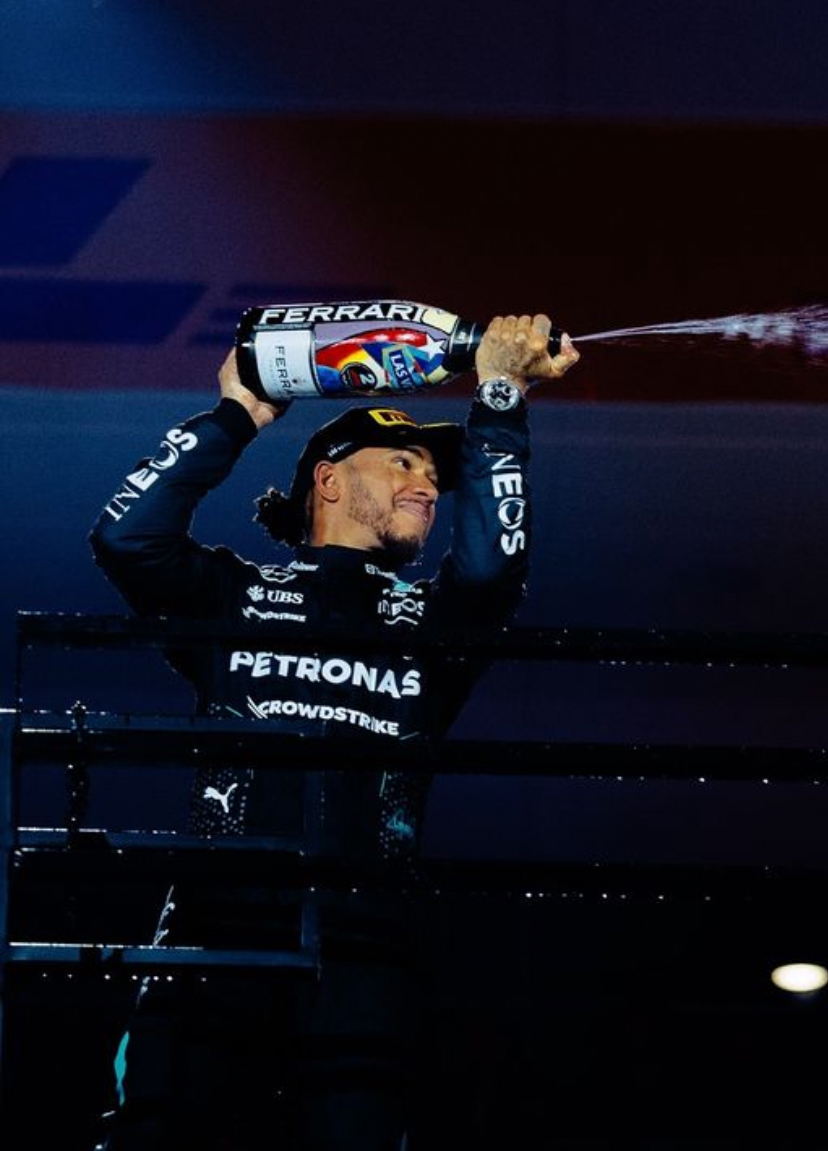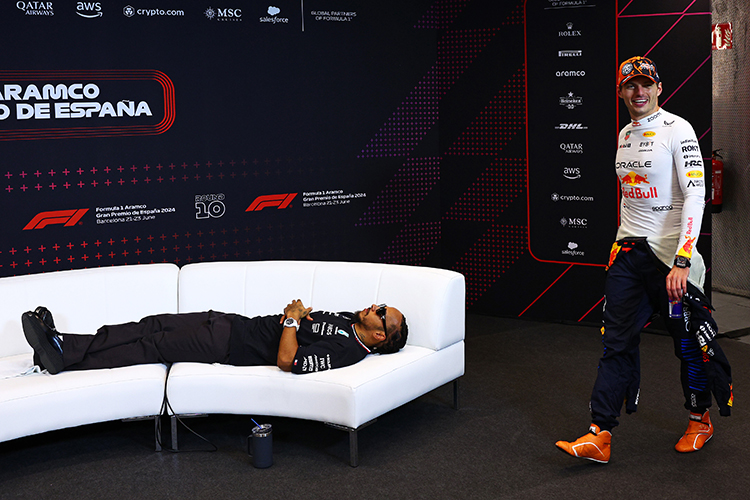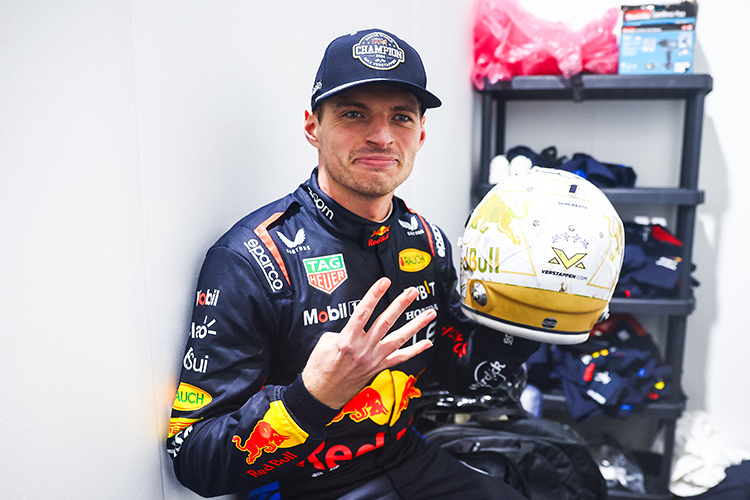Why Do Formula 1 Cars Have a Bar in Front of the Driver?

Formula 1 World Champions: A legacy of racing legends
Why do F1 cars have a bar in front of the driver?
Why Do Formula 1 Cars Have a Bar in Front of the Driver?
Discover why Formula 1 cars feature the Halo device. Learn about its construction, history, and crucial role in enhancing driver safety, preventing head injuries, and saving lives during crashes.
Formula 1 cars are a perfect blend of cutting-edge technology and high-speed precision. However, among the many innovations in the sport, one of the most important in terms of driver safety is the introduction of the "Halo" device. This safety feature, which sits in front of the driver, plays a crucial role in protecting the driver from potential head injuries. Let’s take a closer look at the reasons behind the Halo's implementation, its construction, and why it’s essential for modern Formula 1 safety.
The Need for the Halo
The Halo device was introduced in response to a series of incidents that highlighted the vulnerability of Formula 1 drivers to head injuries caused by debris or collisions. The FIA, Formula 1's governing body, took action after accidents such as Felipe Massa’s 2009 injury and the fatalities of Henry Surtees in 2009 and Justin Wilson in 2015. These tragedies underscored the urgent need for improved cockpit protection, especially for the driver's head, which had been largely exposed despite wearing a crash helmet.
What Is the Halo Made Of?
The Halo device is constructed from titanium, a material chosen for its exceptional strength and ability to withstand significant impacts. Weighing approximately 7 kg, it is strong enough to bear the weight of two African elephants. The structure of the Halo consists of three main components: the front central pillar, known as the "V transition," two side tube sections, and the rear mounts, all designed to absorb forces and protect the driver in the event of a crash.
When Was the Halo Introduced?
The Halo device was officially introduced to Formula 1 in 2018. Initially, it faced some resistance from drivers and teams, mainly due to aesthetic concerns and the potential for obstructing the driver’s vision. However, the Halo quickly proved its value. A prime example of its effectiveness came at the 2020 Bahrain Grand Prix, where Romain Grosjean’s car collided with barriers, exploded, and caught fire. The Halo undoubtedly played a critical role in saving his life, as it deflected the barrier away from his head.
How Does the Halo Save Lives?
The primary function of the Halo is to provide a protective barrier around the driver’s head. This shield prevents large objects, such as wheels or debris from other cars, from entering the cockpit—something that was previously a semi-protected area. While the crash helmet offers head protection, the Halo addresses potential vulnerabilities that helmets alone cannot guard against. Its ability to absorb and deflect impact forces has been proven repeatedly in real-world accidents, significantly reducing the risk of fatal head injuries.
The integration of the Halo device into Formula 1 cars marks a significant step forward in the sport's commitment to driver safety. Its proven ability to protect drivers from fatal head injuries in high-impact crashes has made it an indispensable feature of modern F1 car design. With incidents like the Bahrain Grand Prix serving as a testament to its life-saving capabilities, the Halo is now considered a vital component in Formula 1's ongoing efforts to enhance safety standards for drivers.
Up Next


